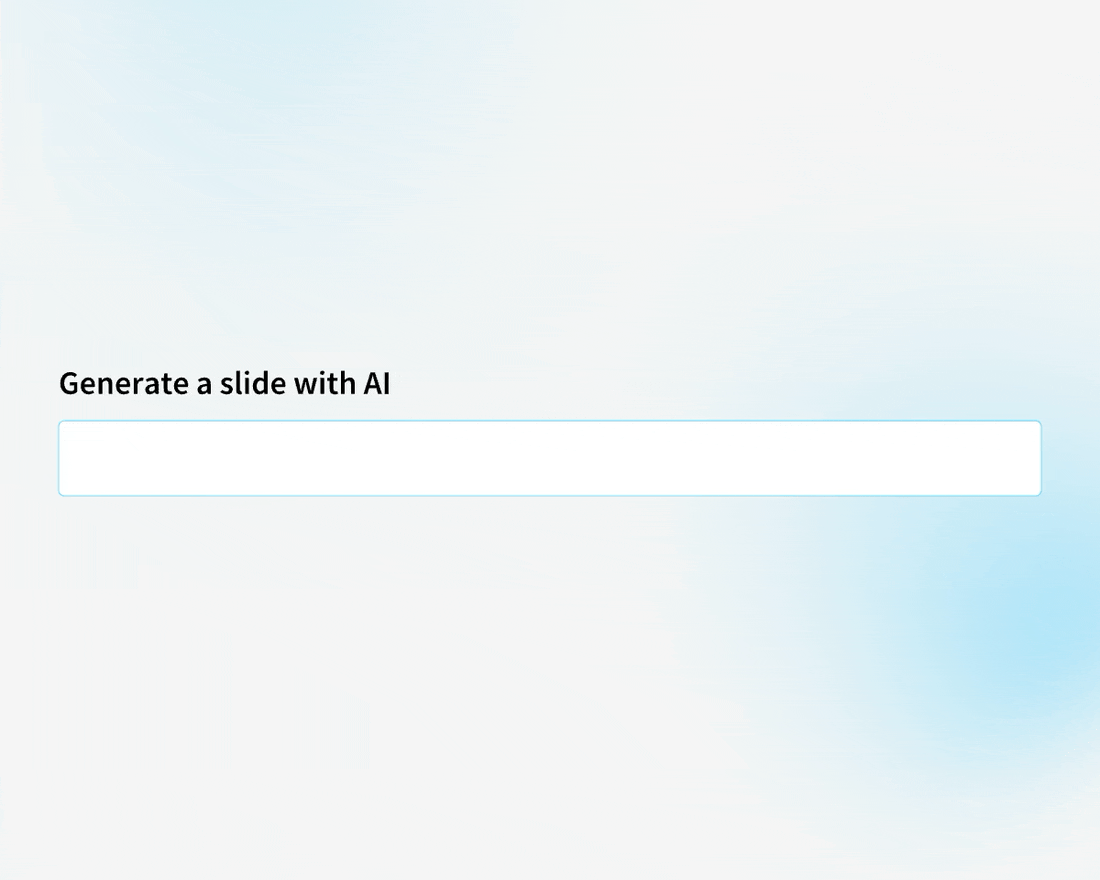
It was only a matter of time before the remote workplace moved mainstream, although the 2020 pandemic certainly hastened the process. Now that so much business is handled over the internet, it’s more important than ever to nail our communication efforts.
After all, it’s far easier to convey the wrong message from afar than face-to-face. We don’t have the typical nonverbal cues to ensure we are on the same page as our audiences, and it’s much more difficult to keep people engaged during a remote presentation.
People are naturally drawn to imagery. It only makes sense since more than half of our brains are devoted to visual processing. Because of that strong attraction to visual content, elements like infographics and animations are effective additions to a remote presentation with video, as well as a presentation done in person. Video especially can be helpful with engaging a virtual audience… but only if you get it right.
If you’re planning to deliver a stellar presentation with video, you’ll want to be prepared for anything. Ask yourself what are some potential problems of using video during presentations?
Check out the following five pitfalls that can go wrong when making a video presentation and how to overcome them for maximum audience engagement.
1. Technical Difficulties
Anytime you use the internet, there’s going to be some chance of losing connection, either temporarily, intermittently or for a longer period of time. A slow connection can also cause a video to lag or even be completely disrupted, as well as additional technical difficulties like a loss of audio or even a disconnection from the virtual audience.
While we can’t help much if the power goes out or if you lose your audience, Beautiful.ai users can take advantage of our Desktop Player, which allows them to conduct their entire video presentation without connecting to the Internet.
2. Missed Connections
Connecting with the audience is a vital step in a successful video presentation, but connecting with a remote audience is easier said than done. You might be able to see everyone’s face… if the group isn’t too large. Regardless, interacting with the audience is far more difficult during a webinar than during an on-site presentation with video.
In lieu of face-to-face interaction with your audience, you will need to find alternative engagement methods. An exciting video is one way to grab and hold attention, as are traditional engagement methods like asking questions or telling jokes.
Another beneficial way to engage a video presentation’s audience is through physical activities, which not only keep audiences awake, but they also boost brain chemicals to support greater focus. A quick game that makes viewers get up out of their chairs is an efficient way to get audience members’ blood pumping and their minds engaged and ready to go.
3. Unknown Audience
Engagement isn’t the only element of a video presentation that can make or break its success with an audience. It is difficult to properly connect with someone who you really don’t know. Not only is there the challenge of knowing viewers so the message can be catered to them, but it is also no simple task to know how your audience is reacting.
In a physical conference, a person often can tell when another student is not reacting as desired to a video presentation. The looks on their faces will usually give them away. But how can you be sure when presenting to a large virtual audience? What if your message is totally off base?
Taking brief breaks during the presentation to be sure the audience is receiving the intended message and engages with it. The break can be used to ask probing questions or even to answer questions from the audience.
4. Distracted Audience
When you give a presentation to a room of people, you can tell if your audience is overly distracted. You can see the man doing a crossword puzzle from his seat, the woman sending a text, and the guy so fast asleep he’s drooling on his desk.
But if you’re virtually making a video presentation to a large group, it’s hard to know who’s staring at the clock and who’s actually following along with your message. And if people are virtually attending your video presentation while working from home, you can forget about their undivided attention.
Engagement is the key to overcoming a distracted audience. Don’t just talk at your viewers, make them feel like they are a part of the presentation. You can accomplish this by asking questions, telling jokes or stories and presenting tantalizing visual content like colorful infographics and animated transitions as you move from one slide to the next.
Video itself also is engaging content, as audiences are attracted to the movement and engaged with visual storytelling. Video can also hinder a presentation, however, if it doesn’t feature those same vital elements. Fortunately, Beautiful.ai users can choose from a variety of engaging smart slide templates— including those for video, infographics and captivating images— that automatically adjust in design as new content is added.
5. Ineffective Design
An audience that can’t follow along with a presentation is highly unlikely to be an audience that remains engaged with the video presentation. Thus, any presentation lacking a logical and cohesive design will have a hard time holding its audience.
Beautiful.ai users don’t have to be professional presentation designers to create a cohesive slide deck that follows a story from start to end. Our presentation templates—perfectly curated for all sorts of purposes—help users get a jump start on designing a cohesive and engaging visual presentation with plenty of video presentation ideas.
Each template, including those for sales presentations, marketing campaigns, budget proposals and more, is ready to use and customizable. Every presentation template can be edited with just a few clicks.







